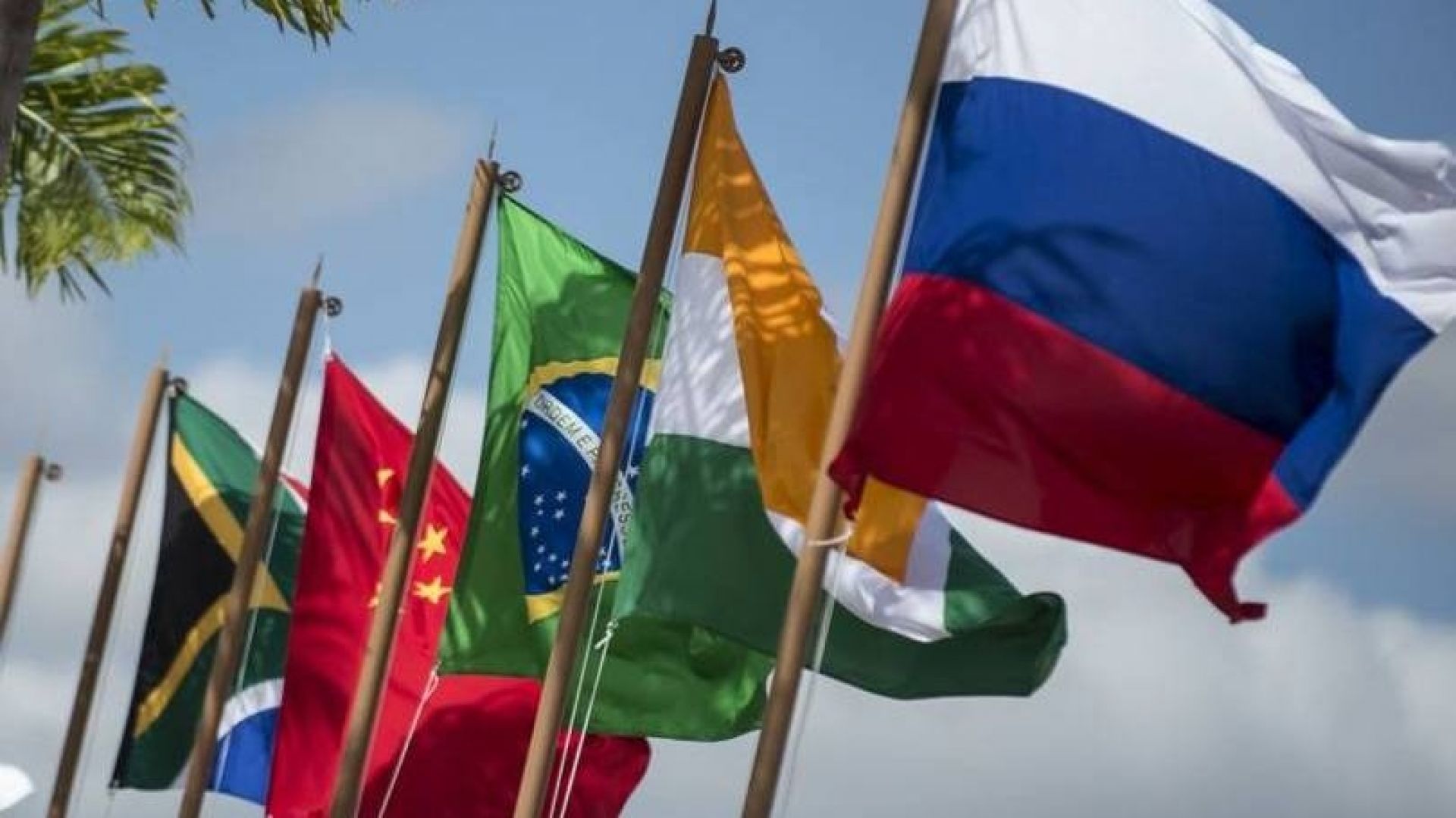Brics, this is how China and India pamper and finance Russia

Facts and insights on the latest BRICS summit
Never before in this 2022 has the BRICS summit – the forum of emerging economies which, in addition to China and Russia, holds India, Brazil and South Africa together – has assumed significant geopolitical significance.
Putin once again at the center of the games
Held in virtual form under the Chinese presidency, the meeting was in fact the first international forum in which Vladimir Putin broke his growing global isolation due to the war in Ukraine and found himself discussing in global terms with an audience of external actors. As CNN summed up, “Putin is back on the world stage”.
A forum against US hegemony
The agenda has largely been affected by the priority of restoring legitimacy to Russia just as the leaders of the Big Seven are preparing to hold their annual summit.
The defiant tones were evident from the opening speech given by Xi Jinping who lashed out against the sanctions imposed on Russia and the global hegemony of the institutions led by Washington. International institutions against which the BRICS clearly stand as an alternative.
The weight of the Brics
On the other hand, its five economies represent a significant portion of global wealth (23.5 trillion dollars, therefore more than the US and the EU) while their respective countries cover 26% of the earth's surface and make up 40% of the world population. .
It is no coincidence that the discussion on the possible expansion of BRICS to countries such as Saudi Arabia, which has already expressed its interest, and to nations, such as Bangladesh, Egypt, United Arab Emirates and Uruguay, is very lively. last year they joined the New Development Bank, an institution founded by the BRICS in 2015.
The agenda
This year's meeting, according to the intentions of the Chinese presidency, focused on the opportunity to cement new partnerships and to foster "a new era of global development". A goal that seems within the reach of a group that sees reciprocal trade grow every year – + 38% in the first three months of 2022 for a total amount of 45 billion dollars – in which Moscow's oil now has the lion's share snubbed by Western countries.
As data from Rystad Energy show, India bought six times more crude oil from Russia between March and May of this year than in the same period last year, while Chinese imports over the same period tripled.
The bank of the Brics
It is in the light of all this that the BRICS are hoping to focus on their ad hoc institutions, such as the Bank, as an open alternative to the dollar-dominated system.
As Rita Fatiguso pointed out in Il Sole 24 Ore, the New Development Bank “has just been refinanced with 30 billion dollars for the five-year period 2022-2026 on the occasion of the renewal of the board. This has brought to 60 billion dollars the amount allocated to date by the bank for infrastructure projects. Funds from which Vladimir Putin's Russia will also benefit, which in this context is totally protected from any international sanctions ”.
A common reserve currency?
But the ambitions of the BRICS are even greater, as Putin pointed out when speaking at the Forum on Wednesday about the need to "create an international reserve currency based on a basket of currencies of our countries".
This idea is part of the so-called R5 project, an acronym that takes its cue from the initial common letter of the currency of the five BRICS countries (the Brazilian real, the Russian ruble, the Indian rupee, the Chinese renmindi and the South African rand). In this regard, Putin pointed out to the Forum that the total international reserves of the BRICS countries amount to about 35% of the world reserves.
The idea is to develop a system for the multilateralization of payment agreements by resorting to their own currencies, completely bypassing the dollar and Western financial institutions and thus protecting themselves from inexorable political interference.
But another favor that the BRICS could do to Putin's Russia is to connect its bank payment system, currently disconnected from the Western one due to sanctions, to that of the banks of the other BRICS countries.
Other projects
To this already conspicuous set of anti-Western moves, we must add the projects to coordinate transport infrastructures, the redesign of logistic routes and the creation of new production chains. In this regard, Putin recalled that discussions are underway to establish Indian commercial chains in Russia and to increase the purchase of Chinese cars.
To make the Russian market even more attractive in the eyes of the BRICS partners, the regime is said to be working on red tape, liberalization and tax incentives programs.
End of isolation?
If the 14th BRICS summit was designed to get Putin out of the corner where Western sanctions put him, it ends with partial success. The Russian President can now boast participation in a dialogue cooperation forum that nourishes ambitious programs in the name of emancipation from Washington's diktats.
It remains to be seen whether the BRICS format will be able to withstand the brunt of the deep divisions within its own members. It is indeed true that, with the exception of Brazil, the BRICS did not condemn the Russian invasion of Ukraine at the UN. But it is also true that only China and Russia boast a bilateral strategic dialogue, with the other three countries moving more like free hunters when they are not openly seduced – and this is especially the case of India – by American flattery.
Much will depend on the BRICS 'ability to attract new members who can create critical mass.
This is a machine translation from Italian language of a post published on Start Magazine at the URL https://www.startmag.it/economia/brics-ecco-come-cina-e-india-coccolano-e-finanziano-la-russia/ on Sat, 25 Jun 2022 07:04:55 +0000.
